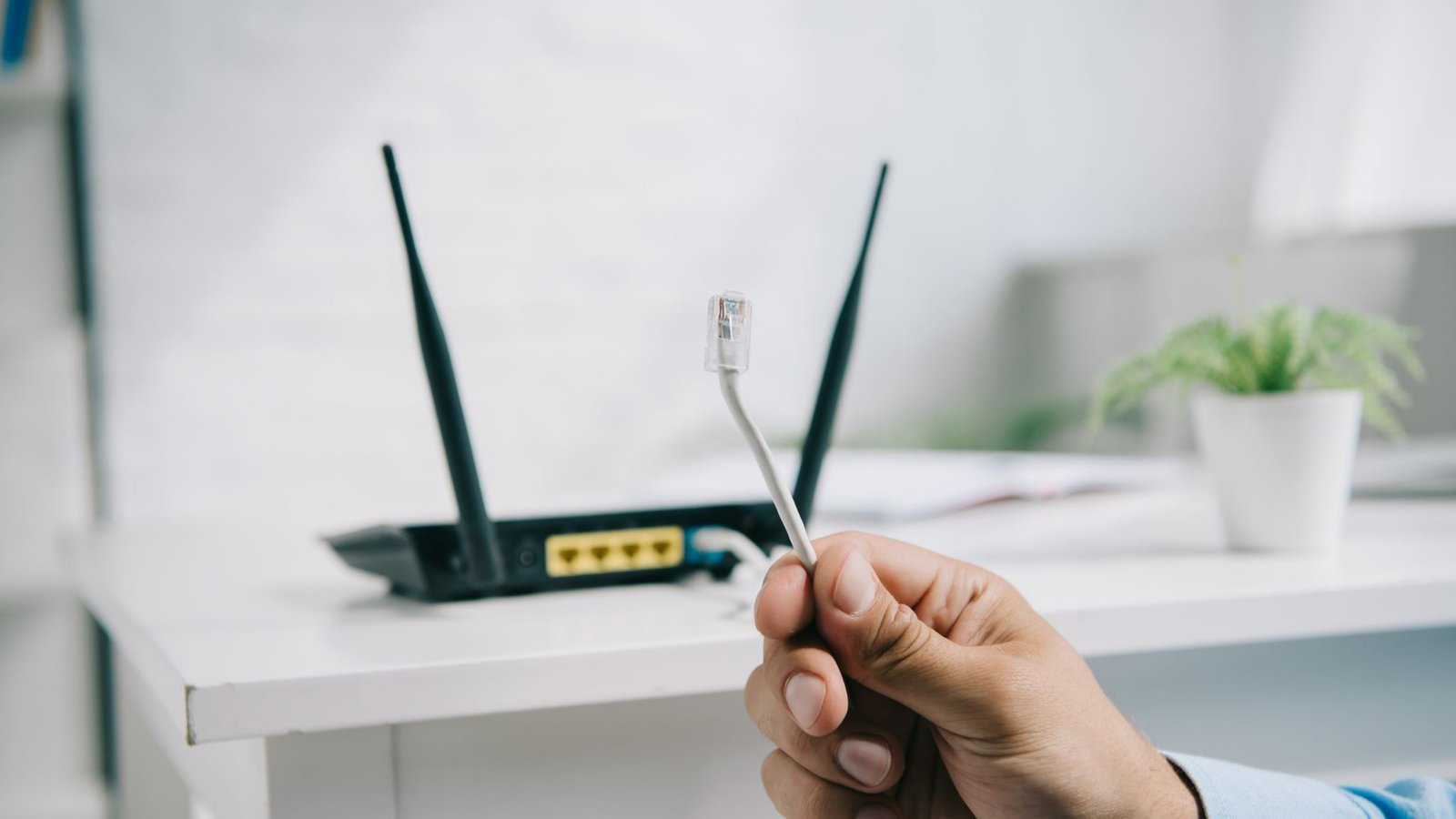In today’s hyper-connected world, reliable internet access is non-negotiable. Whether for businesses, remote work, or streaming entertainment, the quality of your connection hinges on how well your Internet Service Provider (ISP) manages last-mile connectivity—the final leg of the network that reaches your home or office.
A critical component in this process is the Customer Premises Equipment (CPE), the hardware that bridges the gap between the ISP’s network and the end user. But how exactly do ISPs leverage CPE to ensure seamless last-mile connectivity? Let’s break it down.
Understanding Last-Mile Connectivity and Its Challenges
Last-mile connectivity refers to the final segment of a telecommunications network that delivers service to the customer. Despite being the shortest part of the network, it’s often the most complex due to:
- Physical infrastructure limitations (distance from the central office, outdated wiring).
- Signal degradation over long distances.
- High deployment costs for fiber or wireless solutions.
- Interference and congestion in densely populated areas.
To overcome these challenges, ISPs rely on CPE devices—routers, modems, ONTs (Optical Network Terminals), and gateways—that optimize signal transmission and ensure reliable connectivity.
What Is CPE and Why Is It Crucial for ISPs?
Customer Premises Equipment (CPE) refers to any hardware installed at a user’s location to enable communication with the ISP’s network. Common examples include:
- Modems (for DSL/cable connections)
- Routers & Wi-Fi Gateways (for distributing internet access)
- Optical Network Terminals (ONTs) (for fiber-optic connections)
- Fixed Wireless Access (FWA) devices (for 5G/WiMAX networks)
How ISPs Use CPE to Enhance Last-Mile Connectivity
- Signal Conversion & Modulation
- CPE devices convert signals from the ISP’s format (fiber, coaxial, DSL) into a usable internet connection.
- Example: A modem demodulates signals from a cable line into digital data for your router.
- Bandwidth Management & QoS (Quality of Service)
- Advanced CPE devices prioritize traffic (e.g., VoIP calls over casual browsing) to reduce latency.
- ISPs remotely configure QoS settings to optimize performance.
- Security & Network Isolation
- Modern CPE includes firewalls, VPN support, and guest network isolation to protect users.
- ISPs push firmware updates to patch vulnerabilities.
- Remote Diagnostics & Troubleshooting
- ISPs monitor CPE health to detect issues before users notice downtime.
- Proactive maintenance reduces service disruptions.
- Enabling Next-Gen Technologies (Wi-Fi 6, 5G, DOCSIS 3.1)
- Upgraded CPE supports faster speeds and better coverage.
- Example: Wi-Fi 6 gateways improve performance in crowded areas.
Types of CPE Deployed by ISPs
Different last-mile technologies require specific CPE:
| Connection Type | CPE Device | Key Function |
|---|---|---|
| Fiber (FTTH/FTTP) | ONT (Optical Network Terminal) | Converts optical signals to Ethernet |
| DSL (ADSL/VDSL) | DSL Modem/Router | Demodulates telephone line signals |
| Cable (DOCSIS) | Cable Modem | Decodes coaxial cable signals |
| Fixed Wireless (5G, LTE, WiMAX) | Wireless CPE | Receives signals from ISP towers |
| Satellite Internet | Satellite Dish & Modem | Connects to orbiting satellites |
Challenges in CPE Deployment & How ISPs Address Them
Despite its advantages, CPE deployment isn’t without hurdles:
1. Device Compatibility & Standardization
- ISPs must ensure CPE works with their network protocols (e.g., DOCSIS 3.1 for cable).
- Solution: Partnerships with manufacturers for certified devices.
2. Installation & Maintenance Costs
- Sending technicians for installations is expensive.
- Solution: Self-install kits and plug-and-play CPE.
3. Security Risks
- Outdated CPE firmware can be exploited by hackers.
- Solution: Automatic over-the-air (OTA) updates.
4. Scalability in Growing Networks
- ISPs need CPE that supports future upgrades.
- Solution: Modular CPE designs with software-defined networking (SDN).
Future Trends: How CPE Is Evolving for Better Last-Mile Connectivity
- Virtual CPE (vCPE)
- Moves routing/firewall functions to the cloud, reducing hardware costs.
- AI-Driven CPE Optimization
- Machine learning adjusts Wi-Fi channels for optimal performance.
- Wi-Fi 7 & Multi-Gig Support
- Next-gen CPE will handle 10Gbps+ speeds for smart homes.
- 5G Fixed Wireless CPE
- Replacing traditional wired last-mile connections in rural areas.
Conclusion: The Unsung Hero of Your Internet Connection
CPE may not get much attention, but it’s the backbone of last-mile connectivity. ISPs continuously innovate with smarter, faster, and more secure CPE to deliver the seamless internet experience users demand.
As technology evolves, so will CPE—ensuring that whether you’re streaming, gaming, or running a business, your connection stays strong.
